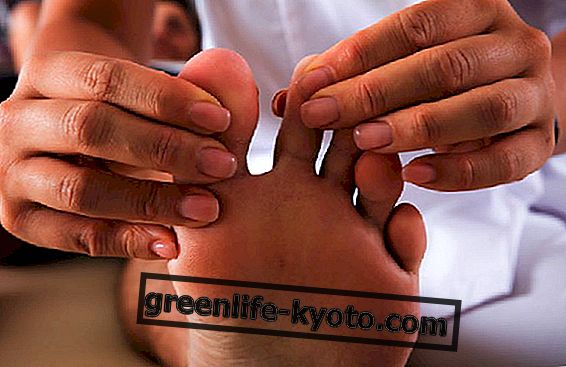
Pulse reading in Tibetan medicine
In the tradition of Tibetan medicine, the technique of reading the pulse is very different from that of other oriental medicines, so much so that it becomes difficult to make comparisons. The palpation of the wrist is undoubtedly the most important method of diagnosis . The vital functions of the organs can be heard through the pulsation of the head, hand and feet. The hand pulse is the most commonly used one.
How is wrist reading practiced in Tibetan medicine? The doctor inserts three fingers into the hollow of the subject / patient 's wrist, carefully examining the right and left sides and correlating everything with the rhythm of the patient 's breathing . One proceeds subsequently to exert a light pressure, examining the activity and the functions of the solid organs, the so-called don . By means of stronger pressure, however, the doctor is able to feel the hollow organs, called snod .
The Tibetan masters then examine the patient's pulse to clarify the cause and nature of the disease. The blood circulation interprets the modifications concerning the psyche, the vital energy, the organs, the moods and the internal environment. Blood flows and, in the way it does, it provides information on organs, energy, rhythm and vibrations.
Tibetan pulsology and medical history
There is also an important medical history in reading the pulse of Tibetan medicine. The Tibetan doctor can ask the patient questions before or after reading the pulse. Here it is appropriate to expose the symptoms and one's personal history . To analyze the disease as clearly as possible, it is necessary here to combine a good medical history, reading the pulse and reading urine . The doctor will try to find out when and how the patient got sick . The questions concern eating habits and help the doctor to know the constitution of the patient. Once the disorder has been identified, treatment and medication will be prescribed.
The Tibetan reading of the wrist, also known as Reg Pa (touching, touching), also includes the intervention on specific points aimed at identifying painful areas, to better localize the disease. There is a relationship between the diseased organ and the point at which the doctor intervenes. A kind of reflexological principle. The pain that manifests itself under pressure speaks to the organ affected by the discomfort. These precise points are located on the vertebrae and on the head and are usually referred to as 'target points'.
There is a difference between a man and a woman. For example, in the woman the wrist of the right hand informs the doctor about the circulation of the heart and small intestine, while the wrist of the left hand transmits information about the circulation in the lung and the colon. In the male patient the left wrist is always read first, in the woman always the right first.
The energy of the psyche, the humours and the organs flows through the arterial blood . The analysis of the radial artery is therefore important, a true messenger that carries information about the body.













